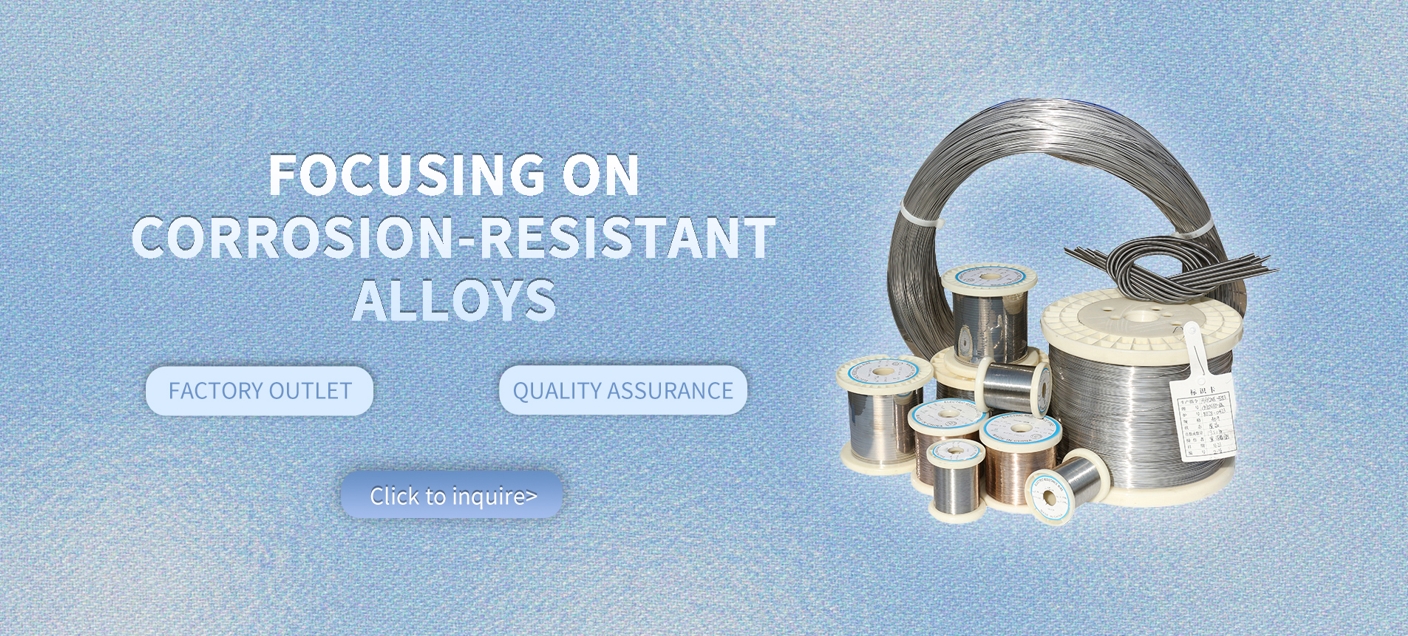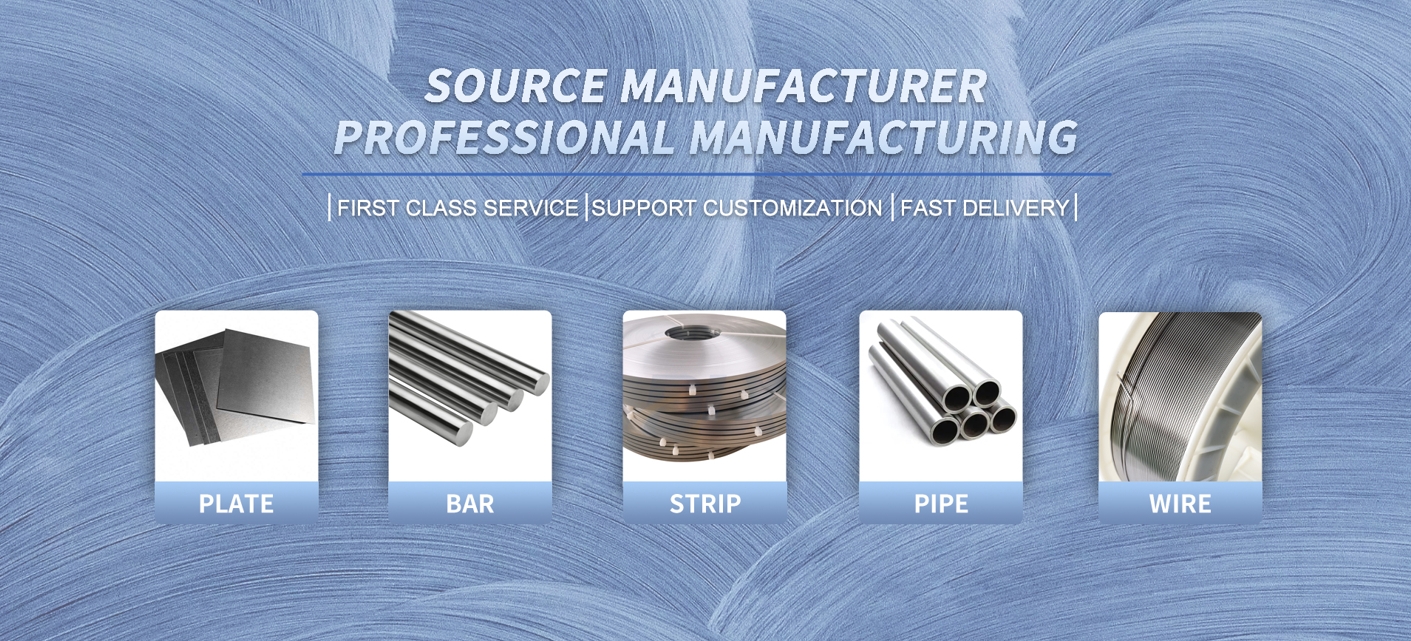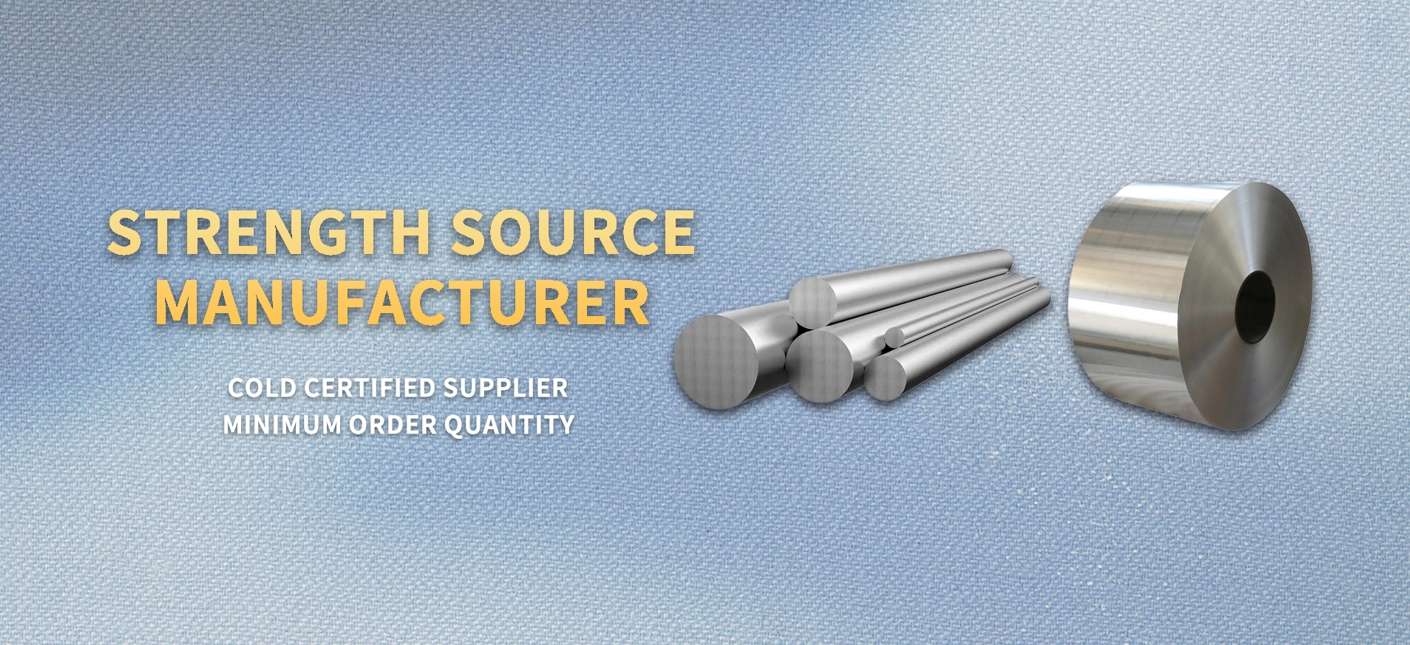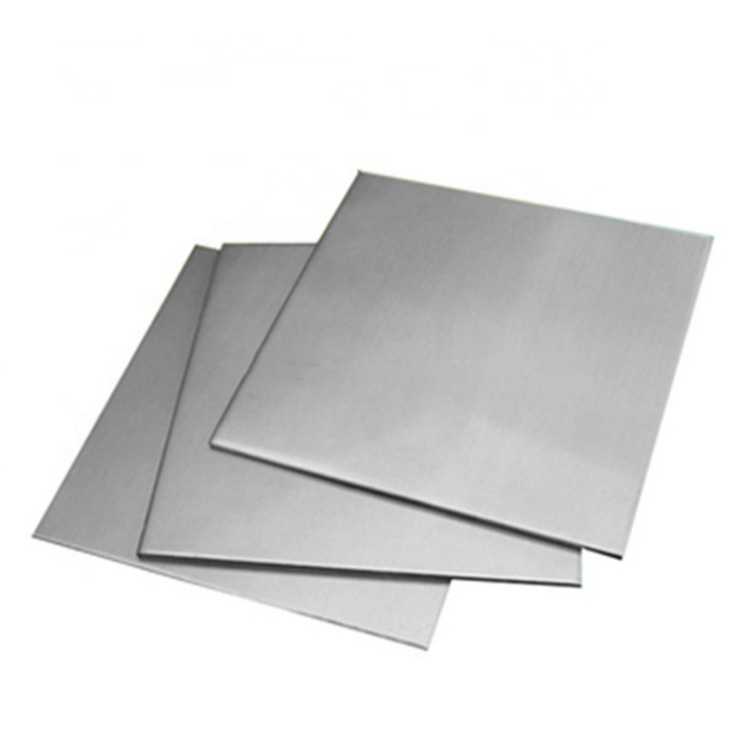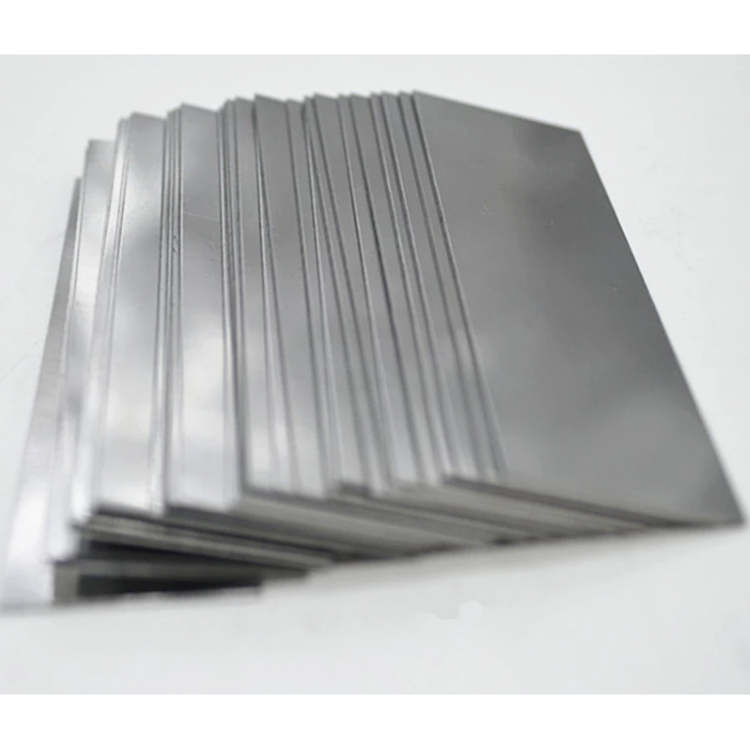Incoloy 825 Plate for Offshore Oil and Gas Platform Corrosion Resistance
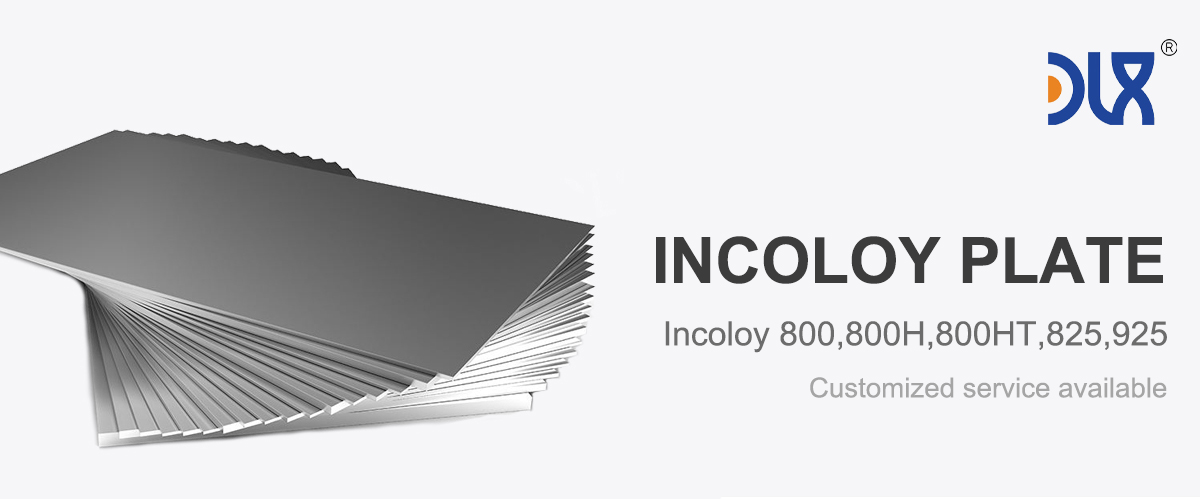
Our Incoloy 825 plate is built to tackle the brutal conditions of offshore oil and gas platforms, delivering top-notch corrosion resistance to keep critical components like pipelines and heat exchangers running strong. This isn’t just metal—it’s a precision-engineered solution for the toughest environments in the industry. Let’s dive into what makes our Incoloy 825 plate a standout, from its robust materials to its critical applications, while exploring industry trends and why our company is the go-to choice for offshore durability.
We craft our Incoloy 825 plate from a high-performance alloy of 38-46% nickel, 19.5-23.5% chromium, with iron, molybdenum, copper, and titanium, ensuring exceptional resistance to corrosion and stress cracking. The high nickel content fights chloride stress-corrosion cracking, while molybdenum and copper tackle pitting and crevice corrosion in seawater and acidic media. Titanium stabilizes the alloy against intergranular corrosion, making it ideal for offshore environments. Available in thicknesses from 0.1875″ (4.8mm) to 2.00″ (50.8mm), it’s designed for easy forming and welding, meeting standards like ASTM B424 and ASME SB 424. Our rigorous testing ensures purity and consistency, delivering plates that resist sulfuric, phosphoric, and chloride-rich conditions, lasting 3-5 years in harsh offshore settings. This makes it perfect for oil and gas platforms, chemical processing, and marine applications.
For more details, pls directly contact us.
In offshore oil and gas applications, our Incoloy 825 plate is a workhorse. It’s used in pipelines to resist corrosion from sour gas and seawater, ensuring reliable fluid transport. Heat exchangers rely on it to handle high temperatures and acidic media without pitting or cracking. Wellhead components benefit from its durability, standing up to high-pressure, corrosive environments. Valves and fittings coated or fabricated with our plate resist wear and corrosion from salty, sulfur-rich conditions, reducing maintenance downtime. We’ve seen it used in risers, manifolds, and processing equipment for LNG production, where its resistance to chloride stress-corrosion cracking shines. The alloy’s weldability makes it ideal for fabricating complex structures, ensuring robust assemblies for offshore platforms operating in deep-sea or Arctic conditions.
The offshore oil and gas industry is booming, and our Incoloy 825 plate is at the heart of it. The global market for corrosion-resistant alloys is growing at a CAGR of 6-7%, projected to hit billions by 2032, driven by deep-sea exploration and rising energy demands. Offshore platforms face extreme conditions—high pressure, corrosive seawater, and sour gas—so materials must be tough and reliable. Our plate delivers coatings that extend component life, cutting maintenance costs. Sustainability is a big focus—operators want eco-friendly materials, and our recyclable alloy, paired with green manufacturing powered by renewable energy, fits the bill. Advancements in alloy fabrication, like wire arc additive manufacturing, are improving coating precision, and our plate is optimized for these cutting-edge processes. Regulatory bodies like NACE MR0175 approve our alloy for oil and gas service, ensuring compliance. Supply chain challenges, like nickel price volatility, are real, but our diversified sourcing keeps us steady. The rise of renewable offshore systems, like tidal energy platforms, is opening new markets where corrosion resistance is critical.
Chemical Composition Requirement

Item | 800 | 800H | 800HT | 825 | 925 |
C | ≤0.1 | 0.05-0.1 | 0.06-0.1 | ≤0.05 | ≤0.03 |
Mn | ≤1.5 | ≤1.5 | ≤1.5 | ≤1 | ≤1 |
Fe | rest | rest | rest | rest | rest |
P | -- | -- | -- | ≤0.02 | ≤0.03 |
S | ≤0.015 | ≤0.015 | ≤0.015 | ≤0.03 | ≤0.03 |
Si | ≤1 | ≤1 | ≤1 | ≤0.5 | ≤0.5 |
Cu | ≤0.75 | ≤0.75 | ≤0.75 | 1.5-3 | 1.5-3 |
Ni | 30-35 | 30-35 | 30-35 | 38-46 | 42-46 |
Al | 0.15-0.6 | 0.15-0.6 | 0.15-0.6 | 0.2-1 | 0.15-0.5 |
Ti | 0.15-0.6 | 0.15-0.6 | 0.15-0.6 | 0.6-1.2 | 1.9-2.4 |
Cr | 19-23 | 19-23 | 19-23 | 19.5-23.5 | 19.5-23.5 |
Mo | -- | -- | -- | 2.5-3.5 | 2.5-3.5 |
Shape | Size (mm) |
Wire | 0.5-7.5 |
Rod/Bar | 8.0-200 |
Strip | (0.5-2.5)*(5-180) |
Tube/Pipe | Custom made |
Sheet/Plate | Custom made |
Product Form | Standard |
Rod, bar & Wire | ASTM B805 |
Plate, sheet & strip | ASTM B872 |
Seamless pipe and tube | ASTM B983 |
Forging | ASTM B637 |
For more details, pls directly contact us.
What sets our company apart? It’s our obsession with quality, customization, and innovation. We don’t just churn out plates; we tailor solutions for your offshore needs. Our R&D team optimizes the Incoloy 825 alloy for maximum corrosion resistance and mechanical strength, outperforming standard options in harsh environments. Need custom thicknesses or sizes for your platform? We hit tolerances tighter than industry norms, ensuring precise, defect-free plates. Our quality control is relentless—testing for corrosion resistance, weldability, and durability in simulated offshore conditions like seawater and H2S exposure. We deliver fast, with streamlined production cutting lead times, so your projects stay on schedule. Our eco-friendly manufacturing appeals to clients chasing green certifications, giving us a clear edge in reliability and sustainability.
Let’s zoom in on applications. Our Incoloy 825 plate is a lifesaver for pipelines, resisting corrosion from seawater and sour gas in deep-sea operations. Heat exchangers rely on it to handle acidic media and high temperatures without pitting, ensuring efficient heat transfer. Wellhead components benefit from its resistance to chloride stress-corrosion cracking, standing up to high-pressure, corrosive fluids. In LNG processing, it’s used in separation equipment, handling extracted fluids without degrading. For marine applications, it protects risers and manifolds from saltwater corrosion, reducing maintenance costs. We’ve optimized it for fabrication, with excellent weldability for building robust offshore structures. It’s also used in chemical processing, coating tanks and valves exposed to sulfuric and phosphoric acids, ensuring long-term performance.
Industry trends are exciting. The push for net-zero emissions is driving demand for materials that extend equipment life, reducing replacements. North America and Asia-Pacific lead in offshore exploration, but Europe is investing in sustainable energy platforms. Economic pressures, like molybdenum price fluctuations, challenge the market, but our efficient processes keep costs competitive. Post-COVID, supply chain resilience is critical, and our global facilities ensure steady delivery. Innovations like nanotechnology-enhanced coatings for added durability are emerging, and we’re exploring those to stay ahead. The growth of deep-sea and Arctic exploration increases demand for corrosion-resistant materials, and our plate is ready to deliver.
Our company’s strength lies in comprehensive support. We offer application guidance, from fabrication techniques to maintenance schedules, ensuring optimal performance. Our testing labs simulate offshore conditions—seawater, high pressure, sour gas—proving our plates last longer with minimal degradation. Compared to typical market options, our Incoloy 825 plate offers superior resistance to chloride pitting and stress-corrosion cracking, reducing maintenance frequency. We provide value-added services like custom cutting and pre-fabricated components, building long-term partnerships with clients who value reliability and savings.
Comparison Parameters Table for Incoloy 825 vs Incoloy 800 Plate
| Parameter | Incoloy 825 Plate | Incoloy 800 Plate |
|---|---|---|
| Composition | Ni (38-46%), Cr (19.5-23.5%), Fe, Mo, Cu, Ti | Ni (30-35%), Cr (19-23%), Fe, low Mo, no Cu, no Ti |
| Corrosion Resistance | Excellent; resists chloride pitting, crevice corrosion, and acidic media | Good; suitable for high-temperature oxidation but less effective in chloride environments |
| Wear Resistance | Moderate; focuses on corrosion over mechanical wear | Moderate; similar wear resistance but less suited for corrosive offshore settings |
| Temperature Tolerance | Up to 1000°F (538°C); ideal for offshore acidic and saline conditions | Up to 1500°F (816°C); better for high-temperature, less corrosive environments |
| Cost | Higher; premium for enhanced corrosion resistance | Lower; cost-effective for less corrosive applications |
| Bond Strength | Strong; excellent weldability for robust offshore assemblies | Strong; good weldability but less resistant to chloride stress-corrosion cracking |
| Application Suitability | Pipelines, heat exchangers, valves; excels in offshore corrosive environments | Furnace components, heat exchangers; better for high-temperature, non-acidic settings |
| Durability | High; withstands 3-5 years in harsh offshore conditions | Moderate; degrades faster in saline or acidic environments |
| Surface Finish | Smooth, low-porosity surface for corrosion resistance | Smooth but less resistant to pitting in chloride-rich settings |
| Process Compatibility | Readily formable, weldable for offshore fabrication | Formable, weldable but less suited for harsh corrosive environments |
Product-wise, our Incoloy 825 plate is designed for offshore durability, with a composition optimized for corrosion resistance. The high nickel and molybdenum content ensures resistance to pitting and crevice corrosion, while titanium prevents intergranular attack. It’s available in a range of thicknesses for seamless integration into platform fabrication, delivering smooth, low-porosity surfaces for maximum durability. The alloy’s mechanical properties remain strong from cryogenic to 1000°F (538°C), making it versatile for offshore applications.
Looking ahead, trends like smart coatings with sensors for real-time corrosion monitoring are gaining traction. Regulatory shifts toward sustainable offshore operations align with our strengths, as our plate extends equipment life. The growth of renewable energy platforms, like offshore wind and tidal systems, increases demand for corrosion-resistant materials, and we’re positioned to lead. We’re also investing in greener alloy production to cut our carbon footprint, appealing to eco-conscious operators.

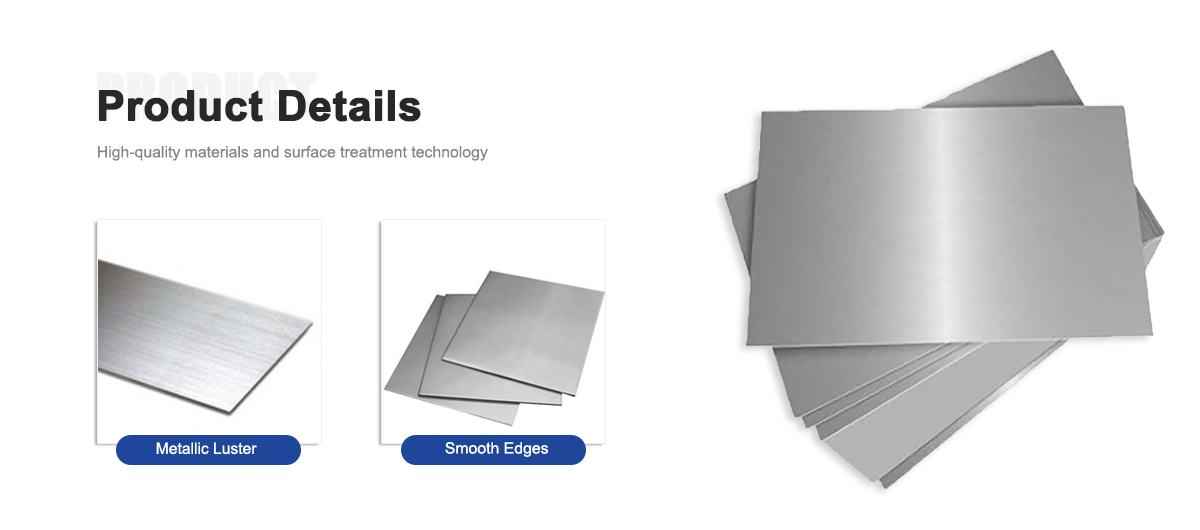
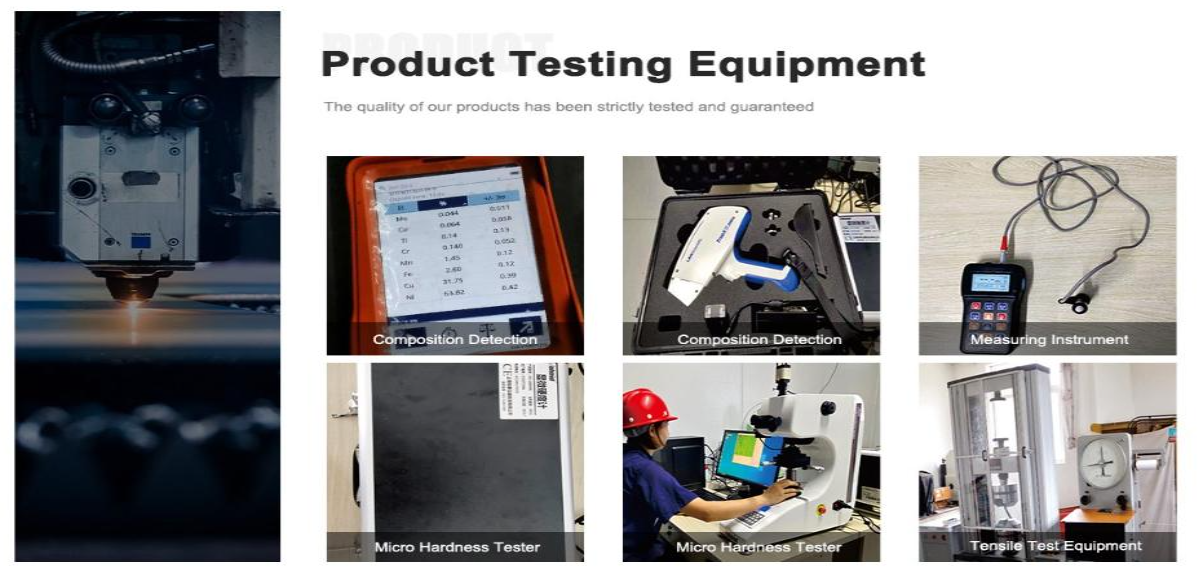
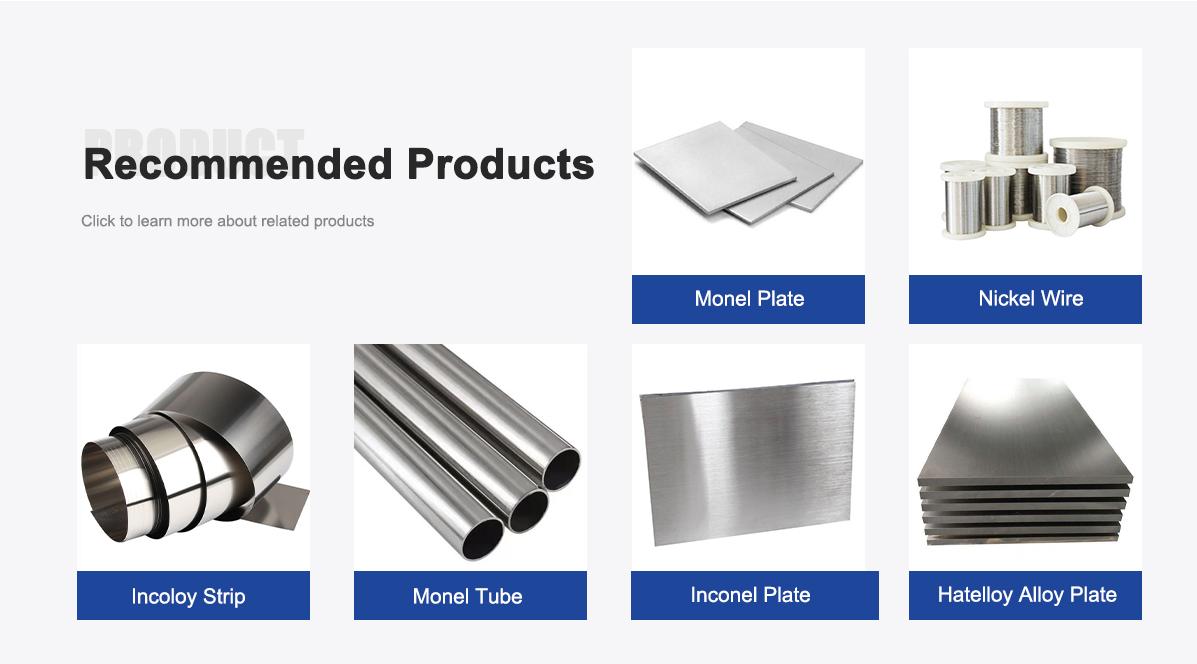
About Us:
Our 12,000㎡ factory is equipped with complete capabilities for research, production, testing, and packaging. We strictly adhere to ISO 9001 standards in our production processes, with an annual output of 1,200 tons. This ensures that we meet both quantity and quality demands. Furthermore, all products undergo rigorous simulated environment testing including high temperature, high pressure, and corrosion tests before being dispatched, ensuring they meet customer specifications.
For all our clients, we offer timely and multilingual after-sales support and technical consulting, helping you resolve any issues swiftly and efficiently.
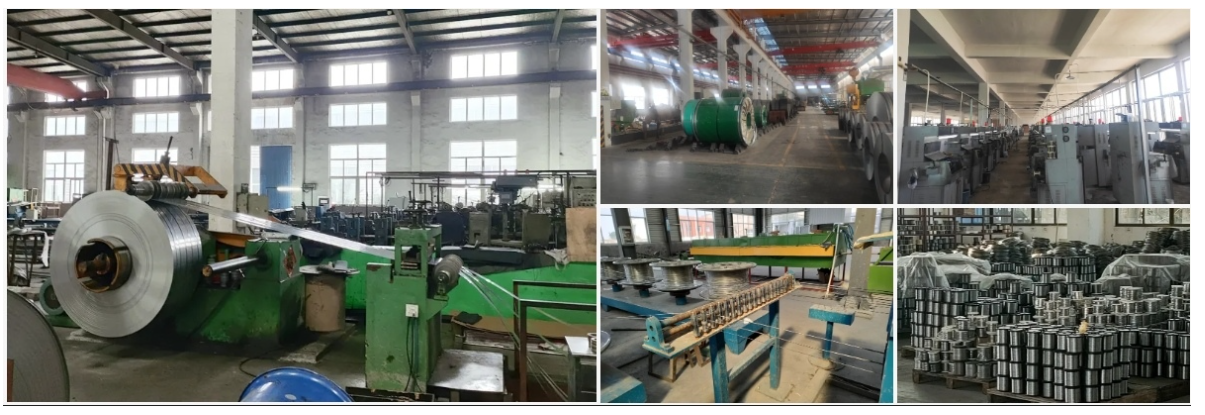
Client Visits
Building Stronger Partnerships
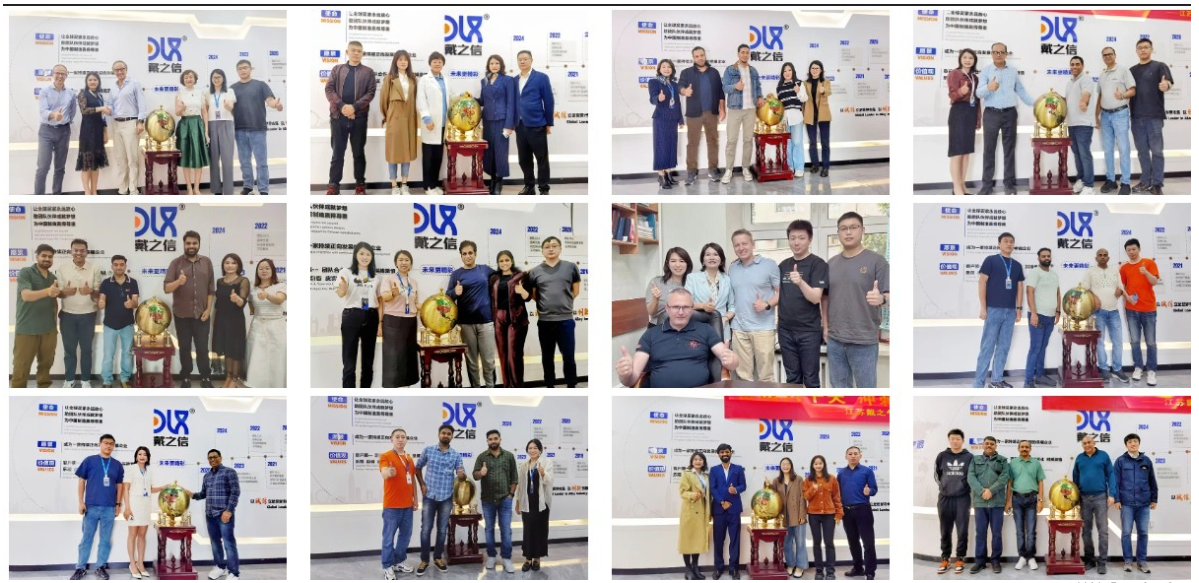
We support all kinds of testing:
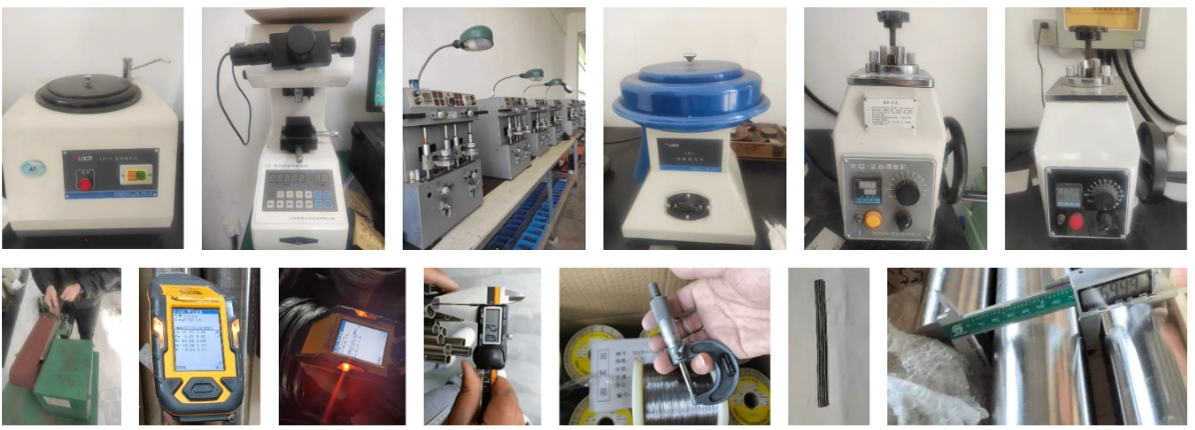
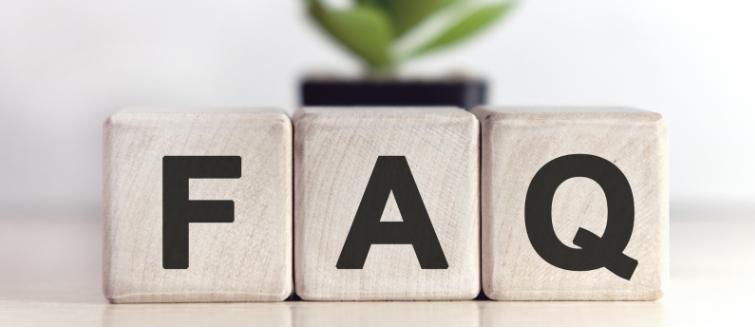
FAQs:
What materials are used in Incoloy 825 plate?
Nickel (38-46%), chromium (19.5-23.5%), iron, with molybdenum, copper, and titanium for superior corrosion resistance in harsh offshore environments.
What are the primary applications of Incoloy 825 plate in offshore oil and gas?
Used in pipelines, heat exchangers, wellhead components, and valves to protect against corrosion and wear in offshore platforms.
How does Incoloy 825 plate provide corrosion resistance for offshore platforms?
High nickel and molybdenum content resists chloride stress-corrosion cracking, pitting, and crevice corrosion in seawater and acidic conditions.
What industry trends are driving demand for Incoloy 825 plate?
Rising offshore exploration, 6-7% CAGR market growth through 2032, demand for sustainable materials, and advancements in corrosion-resistant alloys.
Is Incoloy 825 plate suitable for extreme offshore environments?
Yes, it withstands seawater, sour gas, and temperatures up to 1000°F (538°C), ensuring durability in harsh offshore conditions.
How do you maintain Incoloy 825 plate components?
Inspect every 12-18 months for pitting or scaling, clean off marine growth, and replace or recoat every 3-5 years as needed.
How do environmental factors affect Incoloy 825 plate performance?
Resists seawater, H2S, and acidic media but may require monitoring in high-sulfur environments to prevent localized corrosion.
What future trends might impact Incoloy 825 plate for offshore applications?
Nanotechnology-enhanced coatings, use in deep-sea and renewable energy platforms, and eco-friendly alloy production to reduce environmental impact.
